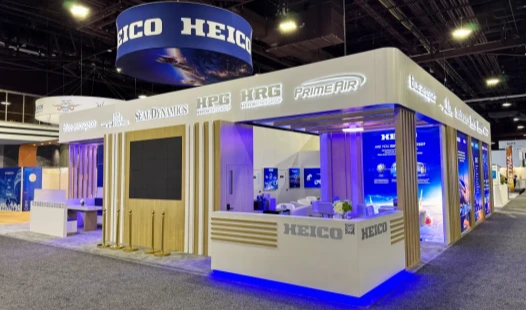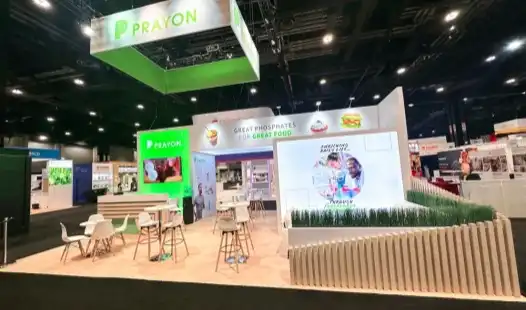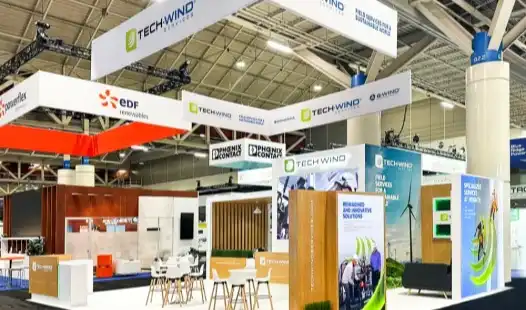The Ultimate Checklist for Successful Booth Design and Fabrication
Crafting a successful trade show booth requires meticulous planning and execution. To ensure your exhibit stands out, consider these essential elements: define clear objectives, research your audience, create an eye-catching design, incorporate interactive elements, choose quality materials, plan for proper lighting, ensure ample storage, create comfortable meeting spaces, integrate technology seamlessly, and include clear branding. Remember to factor in budget constraints, shipping logistics, and on-site assembly. By addressing these key aspects in your booth design and fabrication process, you'll create an impactful presence that attracts visitors and effectively showcases your brand.
Strategic Planning: The Foundation of Effective Booth Design
A well-designed trade show booth begins with strategic planning. This crucial phase sets the stage for a successful exhibit that aligns with your business goals and captivates your target audience. To kickstart your planning process, consider the following key elements:
Defining Your Objectives
Before starting the design phase, take time to define your trade show goals. Are you focused on generating qualified leads, unveiling a new product, or boosting brand visibility? Establishing clear objectives will shape every design decision—from booth layout and visuals to lighting, signage, and interactive experiences—ensuring your exhibit effectively supports your marketing strategy and delivers measurable results aligned with your overall event goals.
Understanding Your Audience
Thoroughly research your target audience to understand who they are and what drives them. Identify their key challenges, goals, and the solutions they’re seeking. This insight allows you to design a booth that resonates with their interests, captures attention, and communicates value. By aligning your exhibit with audience needs, you create a more engaging, relevant, and impactful trade show experience that encourages meaningful connections.
Analyzing the Competition
Analyze your competitors’ previous booth designs and marketing strategies to uncover what worked well and where gaps exist. This research helps you identify opportunities to stand out and position your brand distinctively. By learning from their strengths and weaknesses, you can craft a booth experience that captures attention, reinforces your brand identity, and leaves a lasting, positive impression on trade show attendees.
Design Elements: Creating a Visually Striking Booth
Once you've laid the groundwork with strategic planning, it's time to focus on the visual aspects of your booth design. A well-executed design can significantly impact your booth's success, drawing in visitors and leaving a lasting impression.
Incorporating Brand Identity
Your booth should serve as a seamless extension of your brand identity. Integrate your company’s colors, logo, typography, and overall visual style into every design element. Maintaining consistent branding not only reinforces your message but also strengthens recognition, helping attendees instantly connect your booth experience with your business and its core values.
Utilizing Space Effectively
Maximize your allocated space by creating a layout that facilitates smooth traffic flow. Consider open designs that invite visitors to explore your booth. Strategically place product displays, demo areas, and meeting spaces to optimize engagement opportunities.
Selecting Materials and Finishes
Choose materials that not only look great but also align with your brand values. For instance, if sustainability is a key focus for your company, opt for eco-friendly materials. High-quality finishes can elevate the overall look of your booth, conveying professionalism and attention to detail.
Fabrication and Logistics: Bringing Your Booth Design to Life
With a solid design in place, the next crucial step is the fabrication process. This phase transforms your booth design from concept to reality, requiring careful planning and execution.
Selecting a Reliable Fabricator
Partner with a reputable booth fabricator who has experience in your industry. Look for a company that offers end-to-end solutions, from design refinement to on-site installation. A skilled fabricator can provide valuable insights on material selection, structural integrity, and cost-effective solutions.
Managing Production Timelines
Develop a detailed production schedule that accounts for design approval, material procurement, fabrication, and shipping. Build in buffer time for unexpected delays or last-minute changes. Regular communication with your fabricator is key to ensuring the project stays on track.
Planning for Transportation and Assembly
Consider the logistics of transporting your booth to the event venue. Design your booth with easy assembly and disassembly in mind. Modular components can simplify transportation and setup, reducing costs and minimizing on-site complications.
Conclusion
For booth design and construction to go well, you need a plan that includes planning, designing, and putting the plan into action. You can get the most out of your trade show by setting clear goals, knowing your audience, and making a booth that looks great and fits with your brand. Remember to work with professionals who have done this before and can help you through the whole process, from coming up with the idea to installing it. If you pay close attention to the little things and make the experience fun, your booth will stand out on the show floor, bringing in people and helping you reach your exhibition goals.
We at HR Exhibits are experts at making your trade show ideas come to life. Our full range of services includes designing and building the booth, so the whole process goes smoothly from the beginning to the end. We can make solutions that fit your needs and your budget thanks to our local plant in Las Vegas and our skilled staff. If you're planning an international trade show, an industry show, or a product launch, our booth design skills can help you make an impact that lasts. Ready to make your next trade show a success? Contact us at info@hrexhibits.com to start planning your impactful booth today.
FAQs
Q: How far in advance should I start planning my trade show booth?
A: Ideally, start planning 3-5 months before the event. This allows ample time for design, fabrication, and logistics planning.
Q: What information do you need to provide a quote for booth design and fabrication?
A: We typically require your booth size, show name, design ideas, and budget to create a tailored proposal.
Q: Do you offer rental options for booth components?
A: Yes, we provide rental options for furniture, AV equipment, and lighting to complete your booth setup.
Q: Can you handle last-minute requests?
A: While advance planning is ideal, our team is flexible and capable of handling urgent projects efficiently.
References
1. Smith, J. (2023). "Trade Show Success: Strategies for Effective Booth Design". Exhibition Industry Journal, 15(2), 45-58.
2. Johnson, A. & Brown, L. (2022). "The Impact of Booth Design on Trade Show ROI". Marketing Analytics Quarterly, 8(4), 112-126.
3. Williams, R. (2023). "Sustainable Materials in Exhibition Design: A Comprehensive Guide". Green Events Magazine, 6(1), 22-35.
4. Chen, H. et al. (2022). "Interactive Technologies in Trade Show Booths: A Case Study Analysis". Journal of Event Management, 18(3), 201-215.
5. Davis, M. (2023). "Logistics and Planning for International Trade Show Exhibitions". Global Business Quarterly, 11(2), 78-92.
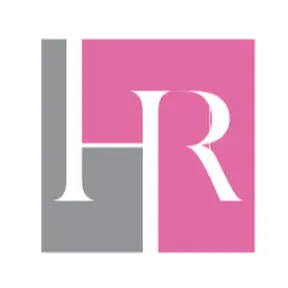
Embark on Your Journey to Exceptional Exhibitions! Contact HR Exhibits Today to Transform Your Vision into Global Success.
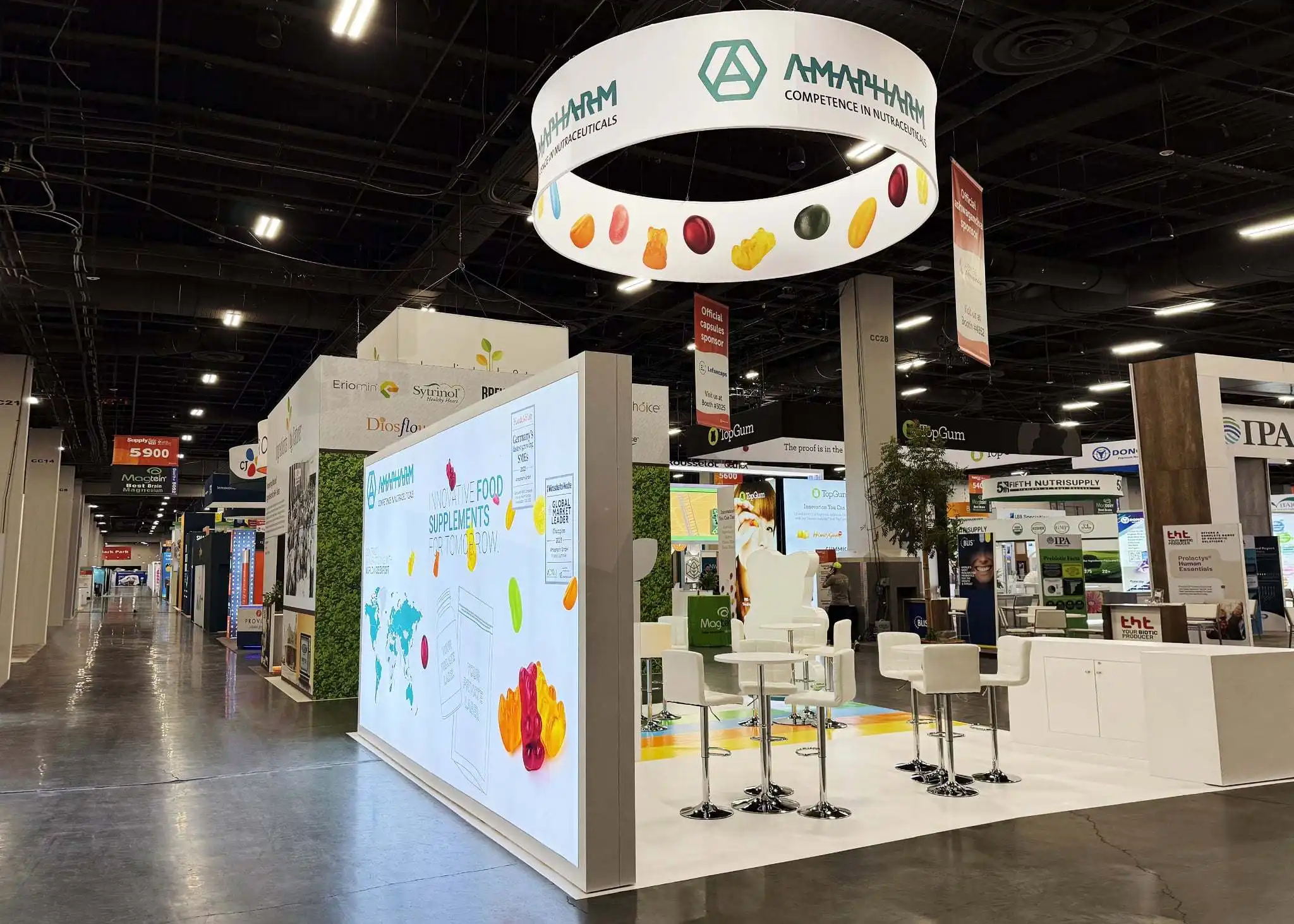
HR Exhibits Service, Inc.
